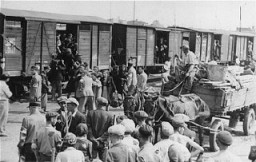You searched for: 众筹项目理财系统定制开发【TG���������@EK7676】平台包网搭建众筹项目理财系统定制开发【TG���������@EK7676】平台包网搭建3IyAQ4nHgT
<< Previous | Displaying results 51-100 of 275 for "众筹项目理财系统定制开发【TG���������@EK7676】平台包网搭建众筹项目理财系统定制开发【TG���������@EK7676】平台包网搭建3IyAQ4nHgT" | Next >>
-
Prisoners of the Camps
ArticleJews were the main targets of Nazi genocide. Learn about other individuals from a broad range of backgrounds who were imprisoned in the Nazi camp system.
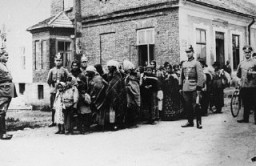
-
1938: Key Dates
ArticleExplore a timeline of key events in the history of Nazi Germany during 1938.
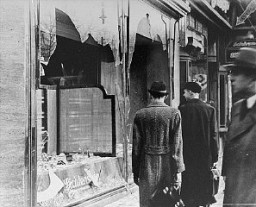
-
1939: Key Dates
ArticleExplore a timeline of key events during 1939 in the history of Nazi Germany, World War II, and the Holocaust.
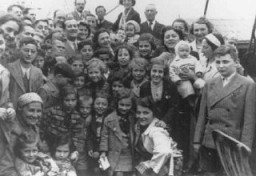
-
Mohamed Helmy
ArticleDr. Mohamed Helmy and Frieda Szturmann helped save a Jewish family in the heart of Nazi Germany. Helmy was the first Arab recognized as Righteous Among the Nations.

-
Jewish Population of Europe in 1933: Population Data by Country - Photographs
Media EssayApproximately 9.5 million Jews lived in Europe in 1933, the year Hitler came to power. This number represented 1.7% of Europe's total population and more than 60 percent of the world's Jewish population. By 1945, most European Jews—2 out of every...
-
Moses Rechnitz: Maps
Media EssayMoses Rechnitz was born to Jewish parents in the Polish town of Bedzin on June 3, 1923. Moses was 16 years old when German troops invaded Poland in September 1939. By 1941, he was a slave laborer on a German railroad construction project outside o...
-
Boycott of Jewish Businesses - Photograph
Media EssayOn April 1, 1933—less than 3 months after rising to power—the Nazis staged a nationwide boycott of Jewish businesses. The boycott signaled the start of the Nazi movement to exclude Jews from all aspects of German society.
-
The Boycott of Jewish Businesses - Photograph
Media EssayOn April 1, 1933—less than 3 months after rising to power—the Nazis staged a nationwide boycott of Jewish businesses. The boycott signaled the start of the Nazi movement to exclude Jews from all aspects of German so...
-
Jewish Population of Europe
Media EssayApproximately 9.5 million Jews lived in Europe in 1933, the year Hitler came to power. This number represented 1.7% of Europe's total population and more than 60 percent of the world's Jewish population. By 1945, most European Jews—2 out of every 3—...
-
Portrait of David Kamchi and his wife Sara
PhotoPortrait of David Kamchi, son of Masliach Kamchi, and his wife Sara. They lived at Gostivarska 3 in Bitola. This photograph was one of the individual and family portraits of members of the Jewish community of Bitola, Macedonia, used by Bulgarian occupation authorities to register the Jewish population prior to its deportation in March 1943.
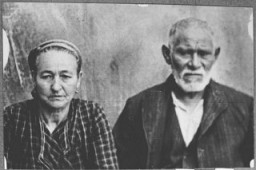
-
Police search a messenger for a Social Democratic newspaper
PhotoPolice search a messenger at the entrance to the building where Vorwaerts, a Social-Democratic Party newspaper, was published. The building was subsequently occupied during the suppression of the political left wing in Germany that was carried out in response to the Reichstag Fire. Berlin, Germany, March 3–4, 1933.
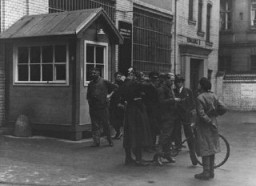
-
German troops marching into the Sudetenland stop at a former Czech frontier post
PhotoGerman troops marching into the Sudetenland stop at a former Czech frontier post. Nazi officials and Sudeten Germans salute the troops. The sign between the swastikas reads: "One People, One Reich, One Führer." Grottau, Czechoslovakia, October 2 or 3, 1938.
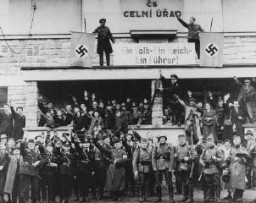
-
German soldiers guard Jews during deportation from the Zychlin ghetto
PhotoYoung German soldiers assist in the deportation of Jews from the Zychlin ghetto to the Chelmno killing center. The Nazis planned this deportation to fall on the Jewish holiday of Purim. Poland, March 3, 1942.

-
Erich Mühsam
PhotoIdentification picture of Erich Mühsam taken in the Oranienburg concentration camp. Mühsam, an anarchist and a pacifist, worked as an editor and writer; he was imprisoned during World War I for opposing the war. Arrested during the massive roundup of Nazi political opponents following the Reichstag fire (February 27, 1933), Mühsam was tortured to death in Oranienburg on July 11, 1934. Oranienburg, Germany, February 3, 1934.
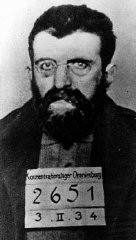
-
Wedding portrait of former Bielski partisan, Berl Kagan
PhotoWedding portrait of former Bielski partisan, Berl Kagan. Emden, Germany, April 3, 1948. Pictured from left to right are Ita Rubin (the bride), her mother, Sarah Rubin, and Berl Kagan. All three were passengers on the Exodus 1947.
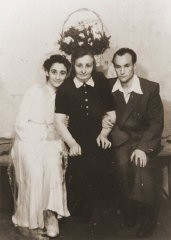
-
Soviet prisoners of war wait for rations
PhotoSoviet prisoners of war wait for food in Stalag (prison camp) 8C. More than 3 million Soviet soldiers died in German custody, mostly from malnutrition and exposure. Zagan, Poland, February 1942. Second only to the Jews, Soviet prisoners of war were the largest group of victims of Nazi racial policy.
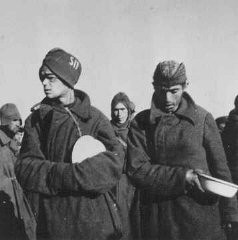
-
The Netherlands
ArticleLearn more about the Netherlands during the Holocaust and the fate of Dutch Jews after the 1940 German invasion.

-
Fire Oaths
Article“Fire Oaths” were statements that declared why the works of certain authors were thrown into the flames during the 1933 burning of books under the Nazi regime.

-
The 103rd Infantry Division during World War II
ArticleThe 103rd Infantry Division participated in major WWII campaigns and is recognized for liberating a subcamp of Kaufering in 1945.
-
Mass grave for individuals murdered by the NKVD in Lvov prisons
PhotoA mass grave dug by Jewish forced laborers for the bodies of individuals murdered by the NKVD in Lvov prisons. The NKVD (Soviet secret police) murdered thousands of Ukrainian nationalists, as well as some Jews and Poles, before retreating from the Nazi invasion. The Germans and their Ukrainian collaborators then used the massacre as a pretext for anti-Jewish pogroms, claiming that the Jews had helped the secret police. Lvov, Poland, July 3, 1941.
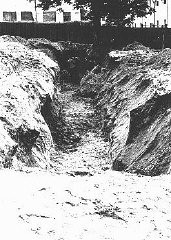
-
Auschwitz I camp, 1944
MapSelected Features 1. Camp Commandant's House 2. Main Guard House 3. Camp Administrative Office 4. Gestapo 5. Reception Building/Prisoner Registration 6. Kitchen 7. Gas Chamber and Crematorium 8. Storage Buildings and Workshops 9. Storage of Confiscated Belongings 10. Gravel Pit: Execution Site 11. Camp Orchestra Site 12. "Black Wall" Execution Site 13. Block 11: Punishment Bunker 14. Block 10: Medical Experiments 15. Gallows 16. Block Commander's Barracks 17. SS Hospital

-
The Destruction of the German Garrison in Lenin
ArticleAfter the German occupation of Lenin, there was a garrison established. Learn about the partisan attack and subsequent destruction.
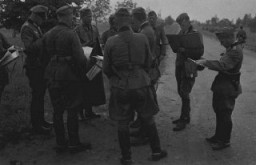
-
Gurs
ArticleIn 1939, the French government established the Gurs camp. Learn more about the history of the camp before and after the German invasion of France.

-
German Administration of Poland
ArticleGermany invaded Poland on September 1, 1939. Learn about the administrative units that Germany established after annexing and occupying parts of prewar Poland.
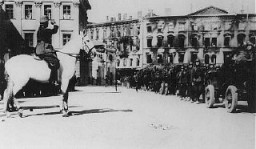
-
Danzig
ArticleHitler was determined to overturn the military and territorial provisions of the Versailles treaty, among it was much resented loss of the city of Danzig after WWI.
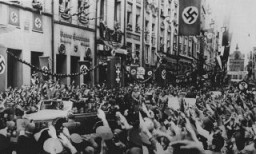
-
Sachsenhausen: Key Dates
ArticleKey dates in the history of the Sachsenhausen camp in the Nazi camp system, from its establishment in 1936 to the postwar trial of camp staff in 1947.
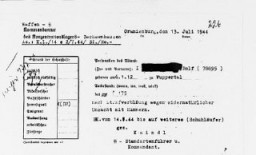
-
Subsequent Nuremberg Proceedings
ArticleAmerican military tribunals presided over 12 Subsequent Nuremberg Proceedings against leading German industrialists, military figures, SS perpetrators, and others.
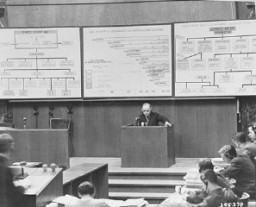
-
Subsequent Nuremberg Proceedings, Case #6, The IG Farben Case
ArticleThe IG Farben Case was Case #6 of 12 Subsequent Nuremberg Proceedings against leading German industrialists, military figures, SS perpetrators, and others.
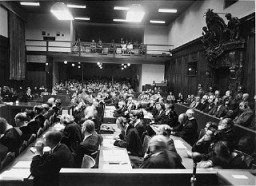
-
Subsequent Nuremberg Proceedings, Case #12: The High Command Case
ArticleThe High Command Case was Case #12 of 12 Subsequent Nuremberg Proceedings against leading German industrialists, military figures, SS perpetrators, and others.
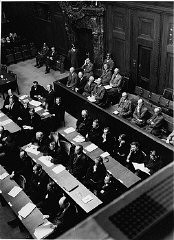
-
Anna Seghers
ArticleAnna Seghers was an influential, antifascist author. Her novel, in which she spoke out against social injustice, was burned in Nazi Germany in 1933. Learn more.
-
Nazi Political Violence in 1933
ArticleAfter Adolf Hitler became German chancellor on January 30, 1933, the SA and the SS unleashed waves of violence against political opponents and Jews. Learn more.
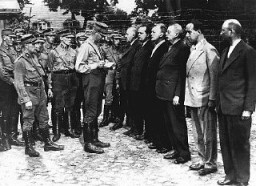
-
Father Jacques
ArticleFather Jacques (Lucien Bunel) provided refuge to Jews and others at a school in Avon, France. Imprisoned in several Nazi camps for his activities, he died soon after liberation.
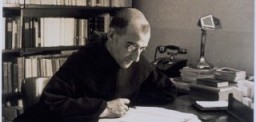
-
Deportation of Dutch Jews
Timeline EventJuly 15, 1942. On this date, German authorities began the deportation of Dutch Jews from camps in the Netherlands.
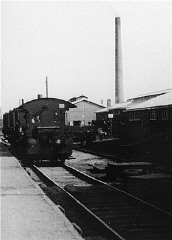
-
Krakow Ghetto Established
Timeline EventMarch 3-20, 1941. During these dates, German authorities announced, established, and sealed the Krakow ghetto.
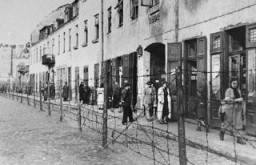
-
1943: Key Dates
ArticleExplore a timeline of key events during 1943 in the history of Nazi Germany, World War II, and the Holocaust.

-
Mannschafts-Stammlager (Stalag) IX B
ArticleIn 1939, the Nazis established the Mannschafts-Stammlager (Stalag) IX B camp in Germany. Learn more about the camp’s history, prisoners, and liberation.
-
Max Rosenblat
ID CardMax's parents, Taube and Itzik, first met as children in 1925. Taube was the daughter of a tailor who hired apprentices in his shop, and Itzik was one such apprentice. The Jewish youngsters fell in love and dreamed of getting married even though Taube's family frowned upon the match. 1933-39: In 1938 Taube and Itzik married. The couple lived in an apartment on 49 Zeromskiego Street in Radom, where Itzik opened a women's tailor shop. Max was born in July 1939. He had curly hair and blue eyes like his…
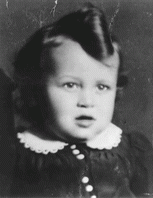
-
Blimcia Lische
ID CardBlimcia's parents were religious Jews. Her father, Shaya David, and her mother, Malcia Saleschtz, had settled in Kolbuszowa, where Blimcia's mother had been raised. There, Malcia's father bought the newlyweds a home and started his new son-in-law in the wholesale flour business. 1933-39: Blimcia was born in 1938, and was raised among many aunts, uncles and cousins. Around Blimcia's first birthday, Germany invaded Poland and soon reached Kolbuszowa. Polish soldiers on horses tried to fight against the…
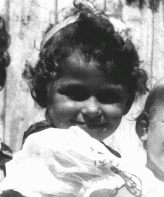
-
Dismissal letter from the Berlin transit authority
DocumentA letter written by the Berlin transit authority (Berliner Verkehrs Aktiengesellschaft) to Viktor Stern, informing him of his dismissal from his post with their agency as of September 20, 1933. This action was taken to comply with provisions of the Law for the Restoration of the Professional Civil Service. On April 7, the German government issued the Law for the Restoration of the Professional Civil Service (Gesetz zur Wiederherstellung des Berufsbeamtentums), which excluded Jews and political opponents…

-
Postwar Trials
ArticleEfforts to bring the perpetrators of Nazi-era crimes to justice continue into the 21st century. Learn more about postwar trials and their legacies.
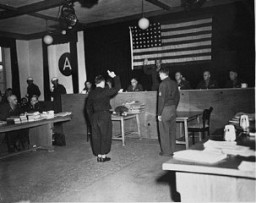
-
Sobibor: Key Dates
ArticleExplore a timeline of key events in the history of the Sobibor killing center in the General Government, the German-administered territory of occupied Poland.
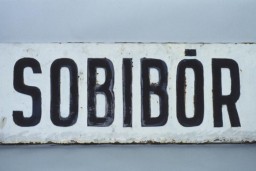
-
Les Milles Camp
ArticleUnder the Vichy regime, the Les Milles camp held foreign Jews before emigration or, in most cases, deportation to German concentration camps and killing centers.
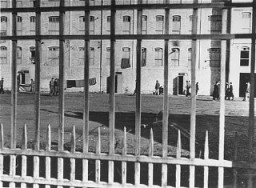
-
Westerbork
ArticleThe Westerbork transit camp, located in the German-occupied Netherlands, served as a temporary collection point for Jews in the Netherlands before deportation.

-
How Many People did the Nazis Murder?
ArticleBehind the number of victims of the Holocaust and Nazi persecution are people whose hopes and dreams were destroyed. Learn about the toll of Nazi policies.
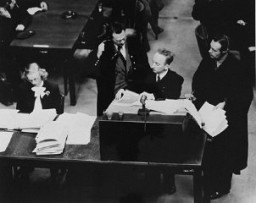
-
Page 5 of passport issued to Setty Sondheimer
DocumentPage 5 of a passport issued to Setty Sondheimer by the German Consulate in Kovno on January 29, 1938. This page contains three visas: (1) visa for Kovno valid from August 27, 1940, until December 31, 1940 (2) a second visa for Kovno valid until June 30, 1941, and (3) first visa for Yokohama, Japan, valid from June 7, 1941, until June 30, 1942. Unable to emigrate from Japan, Setty remained there until she was able to emigrate to the United States in 1947. [From the USHMM special exhibition Flight and…
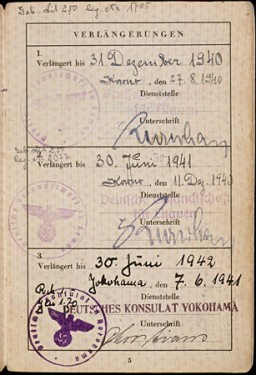
-
Western Desert Campaign: Egypt and Libya
ArticleLearn more about the Western Desert campaign during World War II in Egypt and Libya between 1940-1943.

-
Trawniki: Key Dates
ArticleExplore a timeline of key events in the history of the Trawniki in German-occupied Poland.
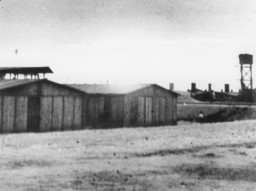
-
Theresienstadt: SS and Police Structure
ArticleLearn more about the unique SS and police structure of the Theresienstadt “camp-ghetto” during World War II.
-
The Enabling Act
ArticleThe Enabling Act of March 1933 allowed the Reich government to issue laws without the consent of Germany’s parliament. It laid the foundation for the Nazification of German society.
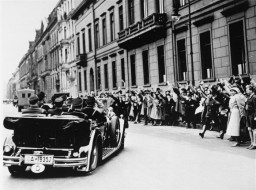
-
The Wannsee Conference and the "Final Solution"
ArticleThe Wannsee Conference was a high-level meeting of Nazi Party and German State officials to coordinate “the Final Solution of the Jewish Question.” Learn more.
